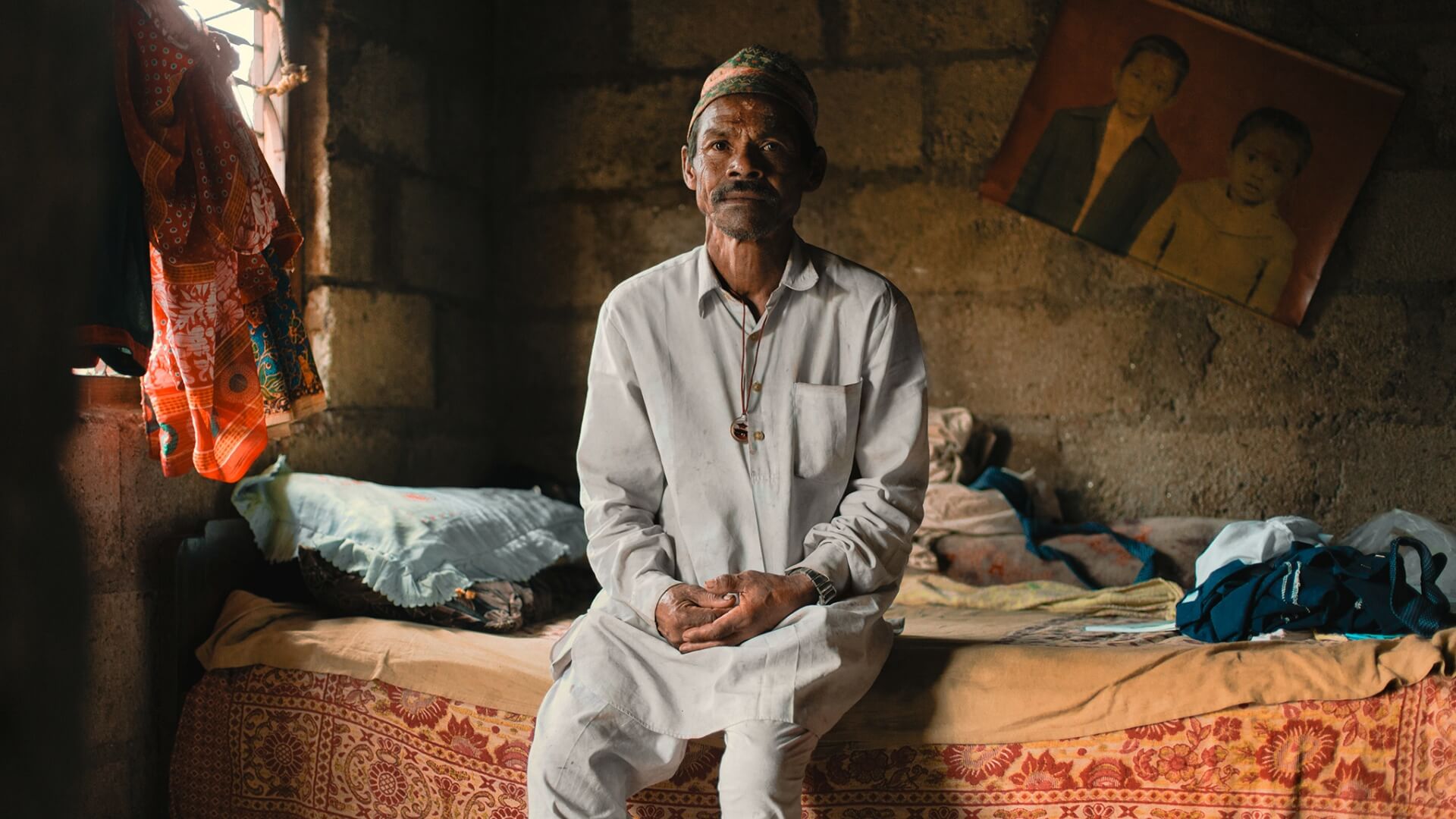In 1949, seeing that the Communists were gaining control of China, the Kashag expelled all Chinese connected with the Chinese government, over the protests of both the Kuomintang and the Communists.[2] Both the Republic of China (ROC) and the People’s Republic of China (PRC) have maintained China’s claim to sovereignty over Tibet. Many people[who?] felt that Tibet should not be part of China because they were constantly under attack in different ways rather often. Tibet had de facto been its own country before 1951.[3]
The Chinese Communist government led by Mao Zedong, which came to power in October, lost little time in asserting a new PRC presence in Tibet. The PRC has carried out different projects in Tibet but the people of Tibet seem to feel ignored politically and economically in the “Tibet Autonomous Region” and in the Tibetan portions of land in Qinghai, Sichuan, and Yunnan.[4] In June 1950, the UK Government in the House of Commons stated that His Majesty’s Government “have always been prepared to recognize Chinese suzerainty over Tibet, but only on the understanding that Tibet is regarded as autonomous.”[5] On 7 October 1950,[6] The People’s Liberation Army invaded the Tibetan area of Chamdo. The large number of units of the PLA quickly surrounded the outnumbered, largely pacifistic Tibetan forces. By October 19, 1950, five thousand Tibetan troops surrendered to the PRC.[6]
In 1951, representatives of Tibetan authority, with the Dalai Lama’s authorization,[7] participated in negotiations with the PRC government in Beijing. This resulted in a Seventeen Point Agreement which established PRC’s sovereignty over Tibet, and it thereby gave the PRC power to rule.[8] The agreement was ratified in Lhasa a few months later.[9] According to the Tibetan government-in-exile, some members of the Tibetan Cabinet (Kashag), for example, Tibetan Prime Minister Lukhangwa, never accepted the agreement.[10] But the National Assembly of Tibet, “while recognizing the extenuating circumstances under which the delegates had to sign the ‘agreement’, asked the government to accept the ‘agreement’…the Kashag told Zhang Jingwu that it would radio its acceptance of the ‘agreement’.”[11] Tibetan exile sources generally consider it invalid, as having been reluctantly or unwillingly signed under duress.[12] On the path that was leading him into exile in India, the 14th Dalai Lama arrived March 26, 1959 at Lhuntse Dzong where he repudiated the “17-point Agreement” as having been “thrust upon Tibetan Government and people by the threat of arms”[11] and reaffirmed his government as the only legitimate representative of Tibet.[13][14] According to the Seventeen Point Agreement, the Dalai Lama-ruled Tibetan area was supposed to be a highly autonomous area of China. From the beginning, it was obvious that incorporating Tibet into Communist PRC would bring two opposite social systems face-to-face.[15] In western Tibet, however, the Chinese Communists opted not to make social reform an immediate priority. On the contrary, from 1951 to 1959, traditional Tibetan society with its lords and manorial estates continued to function unchanged and were subsidized by the central government.[15] Despite the presence of twenty thousand PLA troops in Central Tibet, the Dalai Lama’s government was permitted to maintain important symbols from its de facto independence period.[15] The first national census in all of the People’s Republic of China was held in 1954, counting 2,770,000 ethnic Tibetans in China, including 1,270,000 in the Tibet Autonomous Region.[16] The Chinese built highways that reached Lhasa, and then extended them to the Indian, Nepalese and Pakistani borders.
Tibetan areas in Qinghai, which were outside the authority of the Dalai Lama’s government, did not enjoy this same autonomy and had land redistribution implemented in full. Most lands were taken away from noblemen and monasteries and re-distributed to serfs. The Tibetan region of Eastern Kham, previously Xikang province, was incorporated into the province of Sichuan. Western Kham was put under the Chamdo Military Committee. In these areas, land reform was implemented. This involved communist agitators designating “landlords”—sometimes arbitrarily chosen—for public humiliation in so-called “struggle sessions”,[17] torture, maiming, and even death.[18][19] It was only after 1959 that China brought the same practices to Central Tibet.



